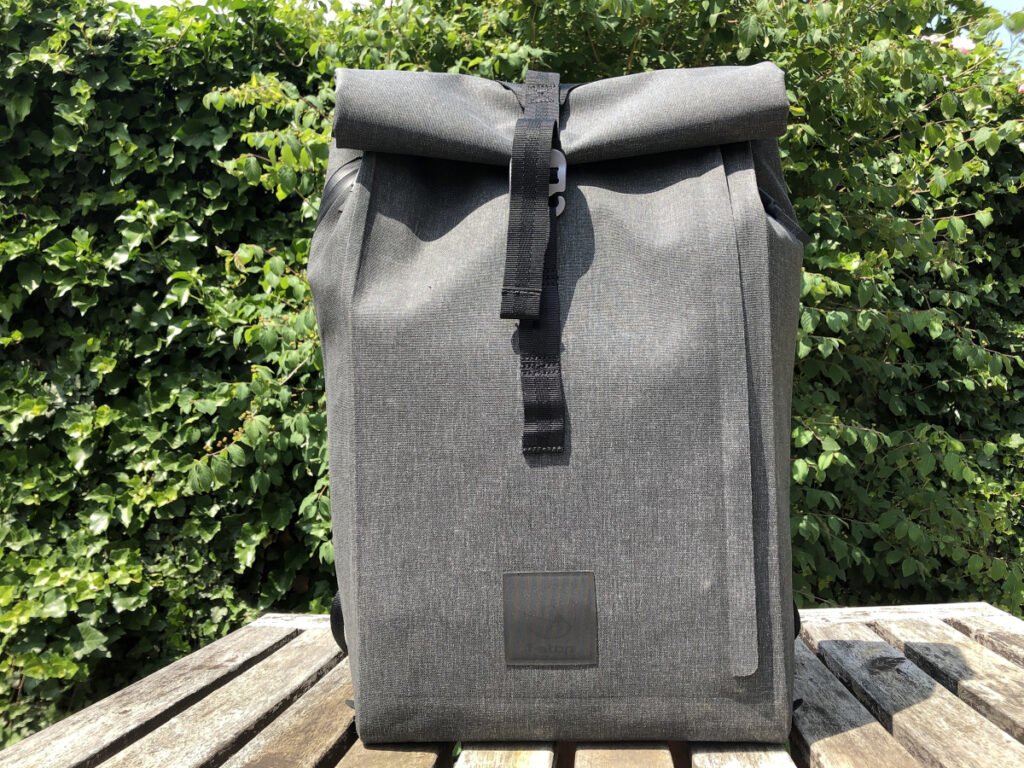The debate continues on about which are better–prime lenses or zoom. Which lens is “best” will really depend on the type of photography you do.
If you shoot sports or wildlife photography, you may need a zoom lens to be able to catch fast action shots.
If you shoot a still life genre such as food or product, a prime lens will better suit your needs. Sharpness is crucial and you will be working on a tripod.
Here are 10 things you should know about shooting with a prime lens.
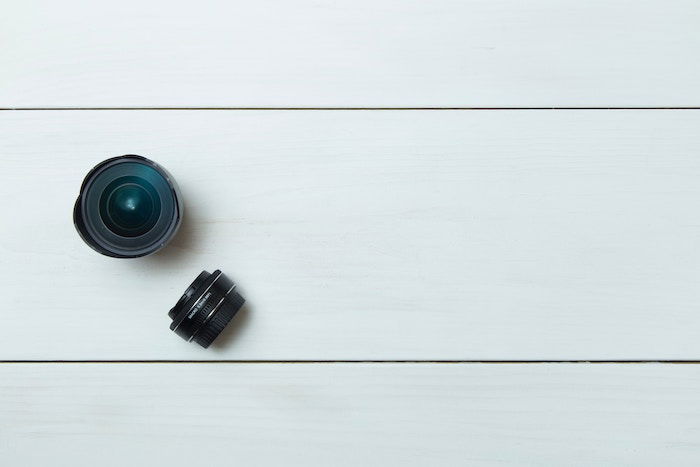
10. Prime Lenses Are Usually Sharper
Prime lenses are known to generally be sharper than their zoom counterparts. The reason is that they don’t have the moving parts that contribute to lens diffraction.
This is a phenomenon that causes light particles to bounce around when hitting your camera sensor, thereby decreasing the sharpness in your images.
The quality of your lens doesn’t matter. It’s a phenomenon of optical physics.
Lens diffraction can degrade the quality of your images when you’re hitting those narrow apertures such as f/16 or f/22.
This is particularly true when using a zoom lens. It can add a grainy look to your files, similar to the grain you get when shooting at high ISO.
9. Prime Lenses Are Faster
A “faster” lens is a lens with a wider maximum aperture, such as f/1.8. They let more light into the camera and allow for fast shutter speeds.
Prime lenses tend to have a wider maximum aperture, therefore they tend to be “faster”. They let more light in. And you can use them in low light situations with a higher shutter speed and lower ISO.
The reason kit lenses are known to be of lesser quality is because their widest possible aperture is around f/5.6.
Faster lenses help you avoid camera shake and allow you to shoot in less than optimal lighting conditions.
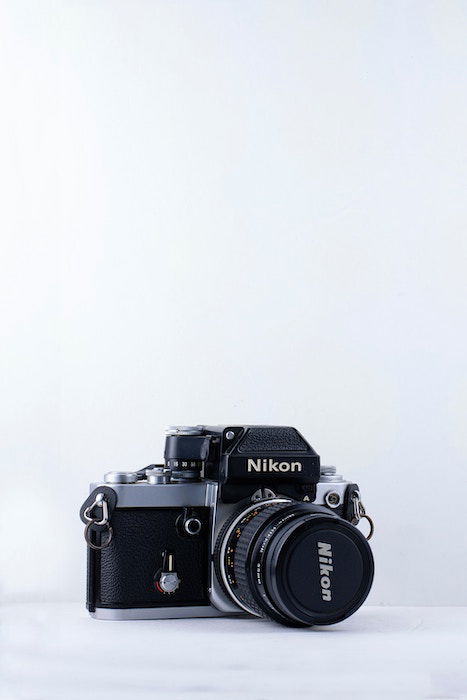
8. Depth of Field Is Perfect for Bokeh
Prime lenses have a wider maximum aperture. Because of this, you can stop down to focal lengths such as f/1.8 for a shallow depth-of-field.
This will allow you to isolate the subject against a blurry background. This “bokeh” that you get as a result is desirable in some genres. These include food and portrait photography. Bokeh is not as important in landscape photography, for example.
Shooting in very sunny conditions with a shallow depth-of-field can be challenging. This is easy to solve with a neutral density filter, which will cut the light 1.5 to 2 stops.
ND filters allow you to use a wider aperture for a longer amount of time without affecting the color rendition.
7. Shooting at Extreme Focal Length Affects Image Quality
The best focal lengths will depend on what genre of photography you shoot. Obviously, some focal lengths are more appropriate than others.
If you shoot with a zoom lens, take a look at the most common focal lengths you use in Lightroom. You may find that you tend to favor similar apertures, anyway.
I was using my 24-70mm Canon prime zoom lens for most of my food photography. It’s a sharp, high-quality lens. However, I noticed that my style of composition meant that I was shooting at 70mm most of the time.
When you shoot at either extreme of the focal range, you compromise quality. This is not where the lens functions best.
I switched to a prime 85mm, which didn’t make a big difference in my framing but gave me great quality images with a lighter lens.
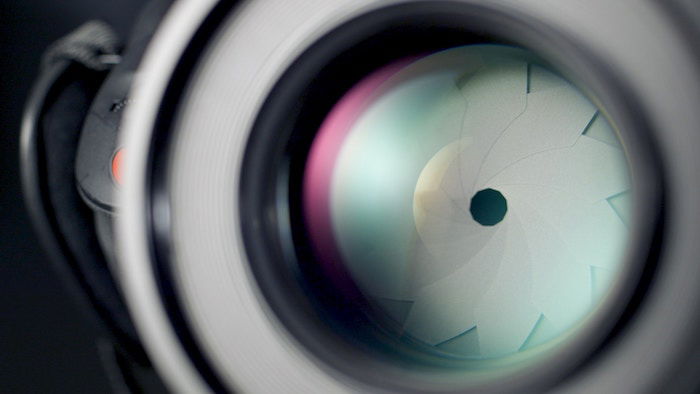
6. Prime Lenses Are Smaller and Lighter
The weight and size of a lens can be an important consideration. Zoom lenses tend to be heavier because there are many moving parts to a zoom lens that allow you to work over a range of focal lengths.
This adds weight to the lens and makes it heavier. This added weight can be a strain on your body when photographing in certain genres like wedding photography. You’re on your feet and holding up your camera for many hours at a time.
Note that there are heavier prime lenses, and lighter zoom lenses. It depends on the focal length and build.
When shooting with a heavy 24-70mm, you might notice that you often shoot in the middle of the focal range. You can switch to using a lighter 50mm, which will make a big difference in the size and weight of your lens.
5. Barrel and Pincushion Distortion Is Less Common in Prime Lenses
Barrel distortion is when the field of the view from a lens is bigger than the camera sensor and needs to be squeezed in to fit. It creates curved lines at the edge of the frame. It’s very common at small focal lengths and in wide-angle lenses.
Barrel distortion occurs in all lenses to a degree. It can be more common in zoom lenses at the wide-angle and telephoto ends of the zoom range.
Pincushion distortion is the opposite of barrel distortion: the lines curve out from the center. This happens when the field of view is smaller than the sensor, appearing to stretch to fit. This is very common in zoom lenses.
However, know that despite these challenges, lenses contain compensatory elements. Distortion is, for the most part, a simple fix in a post-processing program like Lightroom.

4. Color Fringing and Vignetting Are Less Obvious in Prime Lenses
Color fringing is also known as “chromatic aberration“. This is when you see green or purple color fringing at edges of high contrast.
Vignetting occurs when you use large aperture on the wide-angle end. It gives you a dark effect in the corner of your images. These effects tend to be less noticeable in prime lenses.
They can also be fixed easily in Lightroom. Vignetting is an effect that sometimes is purposely increased in post-processing. The dark edges draw the eye to the subject, as in the photograph below.
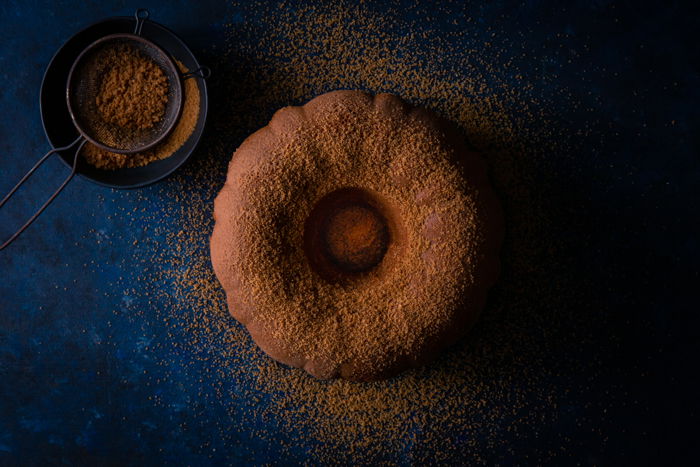
3. Prime Lenses Can Give You Better Composition
With a zoom lens, it’s easy to zoom in and out to get the shot. With prime lenses, you have to work harder to get the shot.
You have to think about the shot more. This will force you to be more creative and think more about the composition.
When you shoot with a prime lens, you have to work with the constraints of your chosen focal length.
2. You Need Multiple Lenses
Shooting at a fixed focal length may mean that you need more lenses in your kit. This can drive up the cost of your gear considerably.
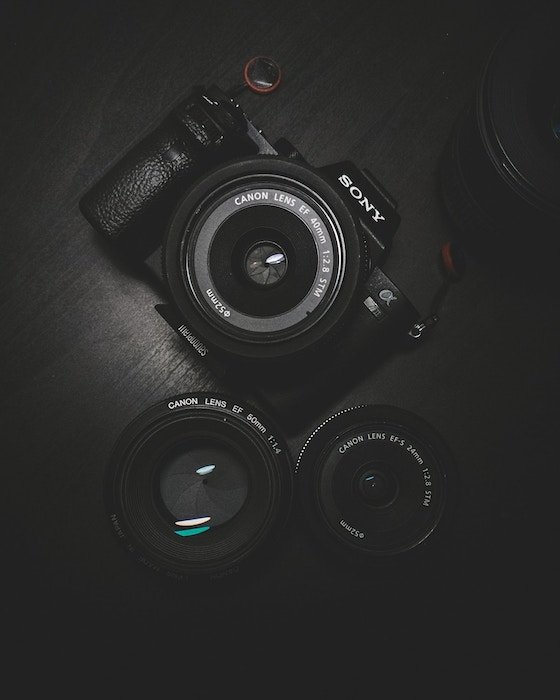
1. You Need to Move More
This is the major compromise you have to make when shooting with a prime lens. In order to get the frame you want, you’ll have to physically move your body rather than simply adjusting the focal length of your camera.
As mentioned in the intro, the precious few seconds it can take you to do this can mean a matter of getting the shot or not.
The more you shoot with a prime lens, the quicker you’ll learn to work and increase your skills.
Conclusion
There is no right or wrong answer when it comes to choosing the best lenses for your kit. It might involve a combination of both.
Being aware of the ways they are different and the benefits prime lenses offer in certain shooting situations will help you make an informed decision.
Why not check out our post on when to use a wide angle lens next!
